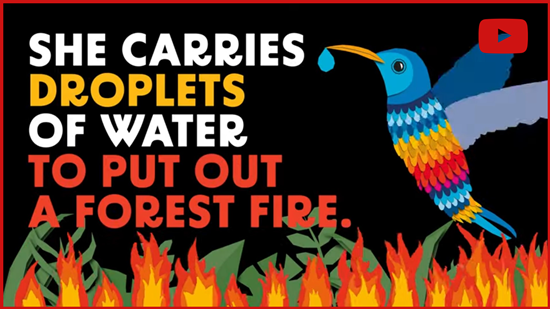World Water Day is an annual UN global observance on March 22nd. The theme for World Water Day 2023 is “Accelerating Change,” highlighting the urgent need to step up efforts in addressing the worsening water and sanitation crisis exacerbated by climate change.
―
The Tale of a Hummingbird
―

Once upon a time, a huge forest was consumed by a fire.
All the animals in the forest ran for their lives,
Except for one little hummingbird.
It flew back into the burning forest with small droplets of water.
The bigger animals laughed and said,
“You are too little to put out this fire!”
But the little hummingbird turned to them and replied,
“I’m doing what I can.”
-Ancient story from the Quechua people in Peru-
(Video) World Water Day 2023 - YouTube, (Source) UN-Water
―
Q. What is World Water Day?
―
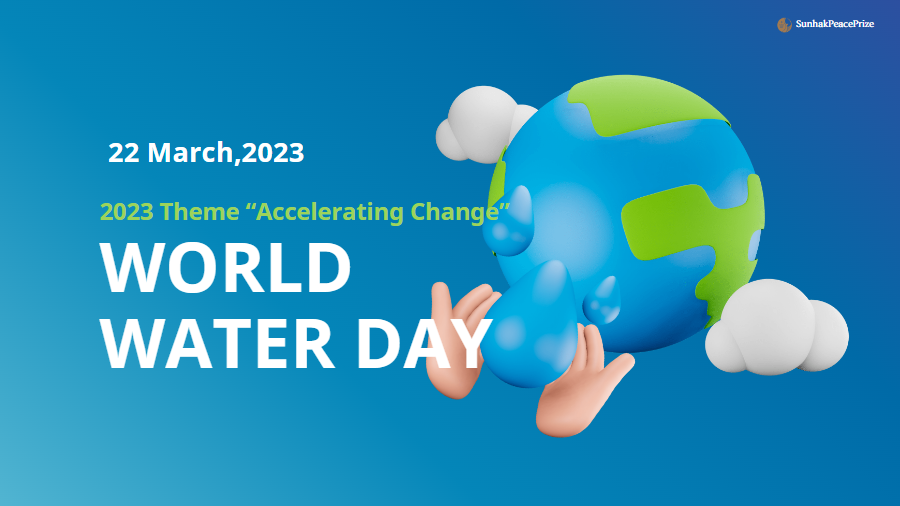
A. World Water Day is observed on March 22nd created by the UN to celebrate water and raise awareness of those living without proper access to safe water.
March 22nd was declared as World Water Day during the 47th session of the United Nations General Assembly in December 1992, to raise awareness about the importance of safe water and urge nations to prevent water shortage and pollution.
The theme for World Water Day 2023 is “Accelerating Change,” focusing on the intensifying water shortage and sanitation crisis caused by climate change. The theme emphasizes the urgency to accelerate change to survive the water crisis induced by extreme weather, droughts, and heat waves caused by global warming.
Water is a vital resource that we use on a daily basis, yet many people lack awareness about its significance. This post will introduce the theme of World Water Day 2023 and explore different ways to conserve water in daily life.
―
Q. What is Water Stress Index?
―
A. Water stress index is an indicator used by the Population Action International to assess the scarcity of a country’s renewable water supply, such as river or groundwater. It is divided into the following categories based on the amount of water that one person may use in one year.
▲ Relative sufficiency: above 1700㎥
▲ Water-stressed: 1000∼1700㎥
▲ Water-scarcity: below 1000㎥
In the map below, the red-colored regions are the most water-stressed, and most of the them are clustered in Africa and Middle East. The top five most water-stressed countries are: Lebanon, Pakistan, Afghanistan, Syria, and Turkey. On the other hand, the blue color shows regions with no water stress.
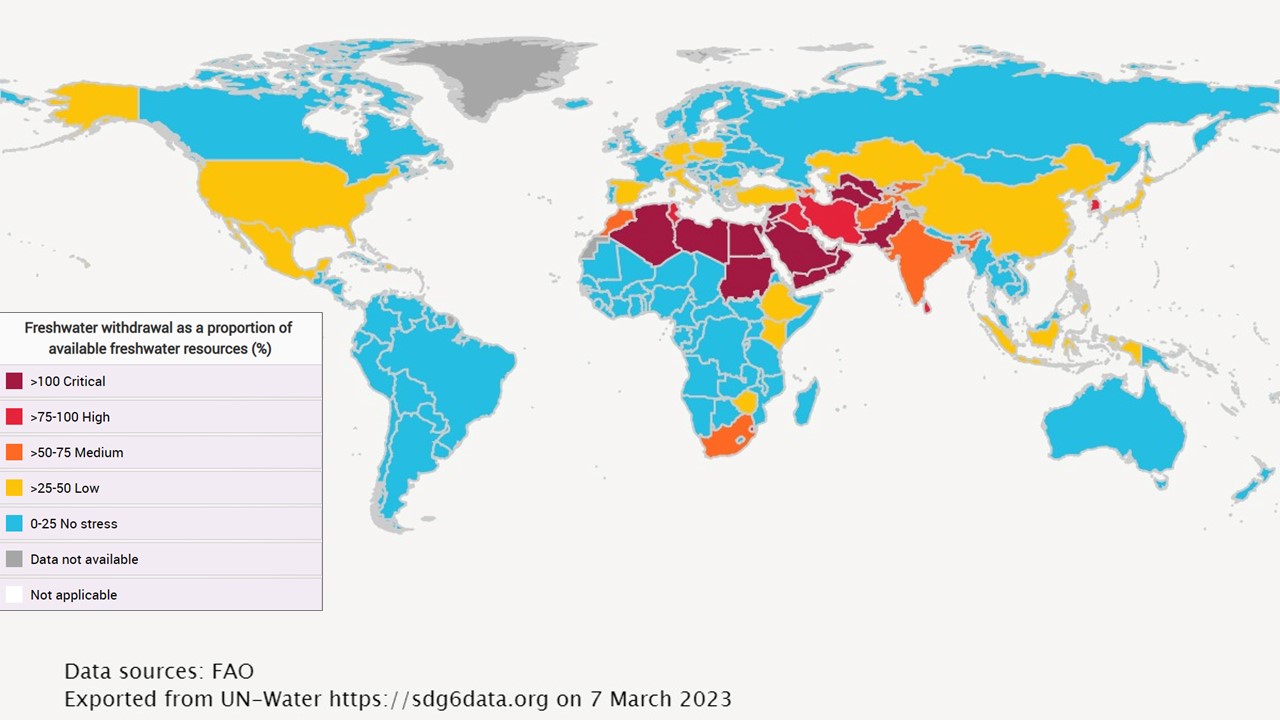
(Source: UN SDGs)
According to the OECD Environment Outlook to 2050 released by the Organization for Economic Co-operation and Development (OECD) in 2012, water shortage will become more serious in the future. It is projected that 2.3 billion more people than today (in total 40% of world’s population) will live in areas of severe water stress, particularly in North and South Africa and South and Central Asia.
In the same report, global water demand is expected to increase steeply in 2050, with a total increase of 55% compared to 2012, driven by increased demand from manufacturing (+400%), thermal power generation (+140%), and domestic use (+130%).
By 2050, South Korea will experience the most severe water stress among all countries in the OECD.
―
State of the World’s Sanitation
―
Sanitation is closely related to the safety of water.
According to the Global Analysis and Assessment of Sanitation and Drinking-Water (GLAAS) report released by the World Health Organization (WHO) and UN Water in December 2022, only a quarter of the world’s countries have drinking water management systems that meet international sanitation standards.
Out of the 120 countries reported, more than 75% had insufficient budgets for managing drinking water, and only 25% managed it in compliance with WHO standards.
The consequences of contaminated water are dire, with more than 829,000 people dying each year from drinking it and suffering from diarrhea. In 2019, more than 2 billion people were at risk of cholera, dysentery, and typhoid from using contaminated water for drinking.
Poor access to good sanitation and hygiene claim the lives of millions of people every year. Moreover, the management of drinking water sanitation is deteriorating due to the increasing impact of climate change.
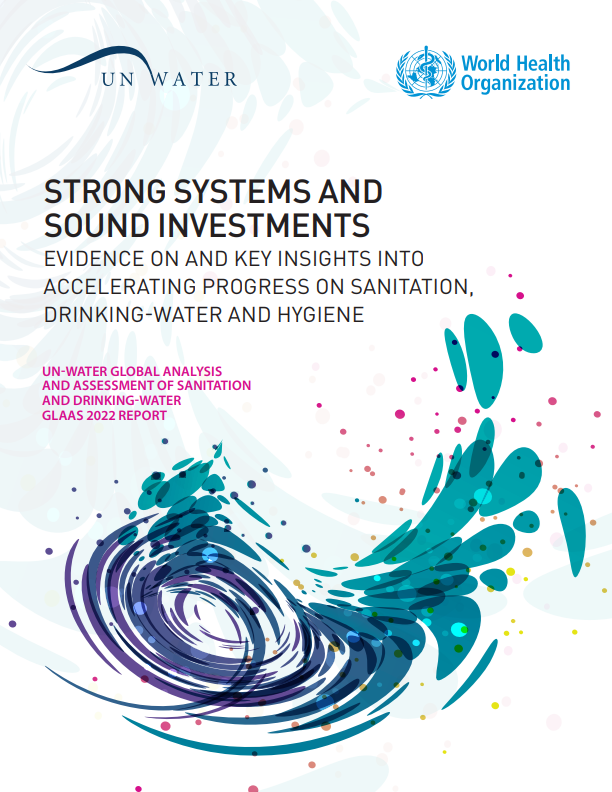
―
World Water Day Actions
―
Every drop makes a difference.
Water is an essential resource that is vital for our survival, and we must take collective action to overcome the water crisis.
The United Nations recognizes the importance of water conservation and has developed various initiatives to address the water crisis. Let’s explore one such guide that even the laziest among us can follow to save water.
● The Lazy Person’s Guide to Saving the World
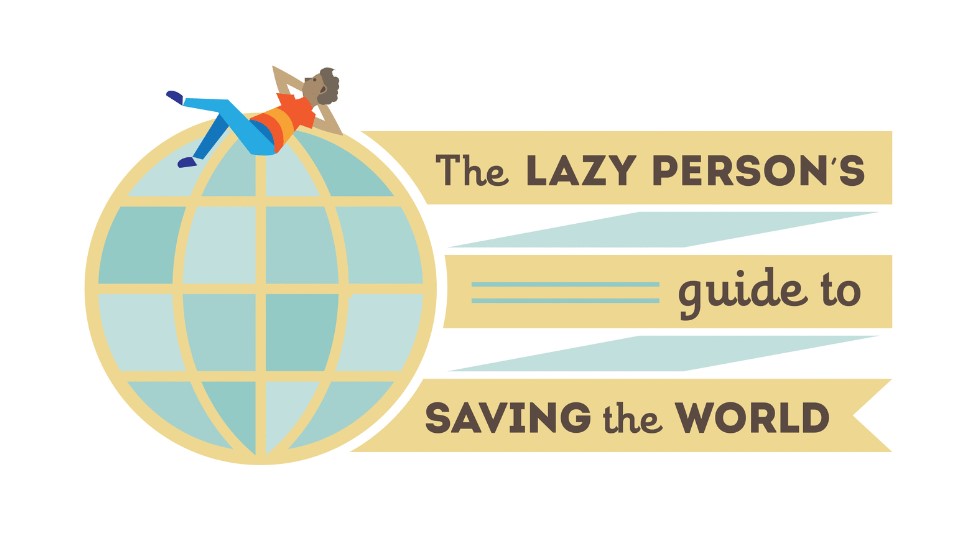
Simple #WaterActions to help protect water
*Please note: the following information is from the UN’s The Lazy Person’s Guide to Saving the World
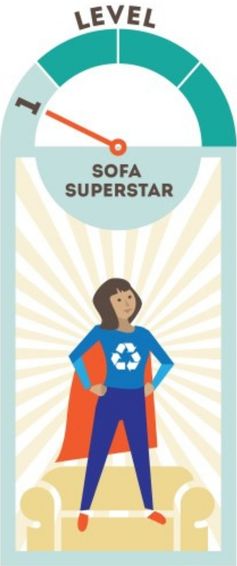
Level 1. Things You Can Do From Your Couch
◾ Take the Kahoot Quiz and test your water knowledge!
◾ Turn off sleeping tech! Currently, 90% of power generation is water intensive. Turning off our devices when we’re not using them means less energy needs to be produced.
◾ Build pressure! Write to elected representatives about budgets for improving water at home and abroad.
◾ Create your action list! Choose and share what you are doing to do to help solve the water and sanitation crisis at unwater.org/bethechange.
◾ Get informed! Explore the water and sanitation crisis at www.worldwaterday.org.
◾ Use your social media voice! Spread messages on SDG 6 and participate in #WorldWaterDay to raise awareness - www.worldwaterday.org/share
◾ Shop sustainably! A typical pair of jeans takes 10,000 liters of water to produce, equal to what a person drinks in 10 years.
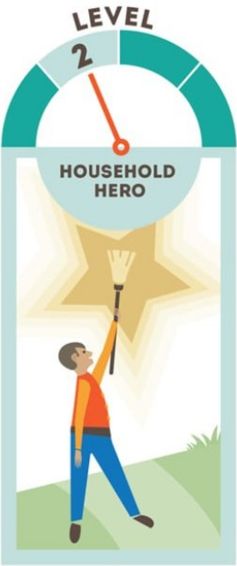
Level 2. Things You Can Do From Home
◾ Take 5-minute showers! With 44% of household wastewater not being safely treated, taking shorter showers is a great way to save this precious resource.
◾ Fix leaking water and waste pipes!
◾ Stop polluting! Don’t put food waste, oils, medicines and chemicals down the toilet or drains.
◾ Don’t throw away edible food! An estimated 1/3 of all food produced globally is lost or goes to waste. Reducing your food wastage reduces demand on agriculture, which is one of the biggest water consumers. So, reduce food waste and save water.
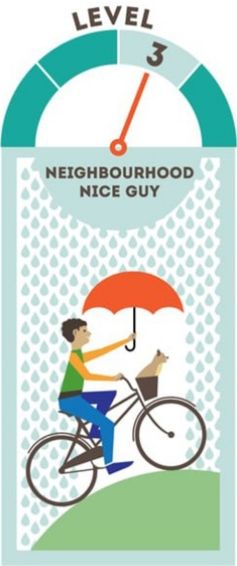
Level 3. Things You Can Do in Your Neighborhood
◾ Take part in clean-ups! It can be of your local rivers, lakes, wetlands or beaches.
◾ Protect nature! Plant a tree or create a raingarden – use natural solutions to reduce the risk of flooding and store water.
◾ Be curious! Find out where your water comes from and how it is shared and visit a treatment plant ot see how local waste is managed.
◾ Host an event! It can be a concert or a sports event to draw attention to local water and sanitation issues.
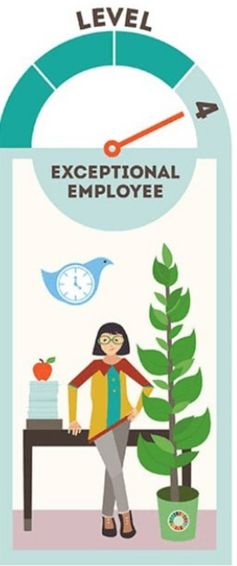
Level 4. Things You Could Do at Work
◾ Break taboos! Talk about the critical connection between toilets, water and menstruation.
◾ Choose a plant-based meal! It typically takes between 3,000 and 5,000 liters of water to produce 1kg of rice, 2,000 liters for 1kg of soy, 900 liters for 1kg of wheat, and 500 liters for 1kg of potatoes.
◾ If you are a teacher or student, organize or propose a lesson on water!
◾ Get the office involved! Organize a Water Event, share facts and stories on SDG 6 in your internal newsletter, or participate in our suggested #WaterActions as a group.
―
One Drop at a Time
―
A burning forest can be saved
Not by the cynical bigger animals
But by the little hummingbird who does its best
The global water crisis is a complex issue that requires collective efforts to address. And every little action to save a drop of water can make a difference. With an attitude of service and cooperation, we can all take simple and effective actions to conserve water in our daily lives.
One drop of water carried by one little hummingbird will never stop a forest fire. However, 8 billion hummingbirds each making a significant contribution can make a difference.
By working together, we can create a more sustainable future and ensure access to clean water for generations to come.
“It is human selfishness that is destroying nature.
Human competition for the shortest route to economic success
is the reason that the earth’s environment has been damaged.
We cannot allow the earth to be damaged any further.
We must work quickly to awaken people to the
preciousness of nature. ”
-from As a Peace-Loving Global Citizen
Dr. Sun Myung Moon
Co-founder of Sunhak Peace Prize-
Related articles Symbol of Health and Human Rights |
Written by Sharon Choi
Director of Planning
Sunhak Peace Prize Secretariat

